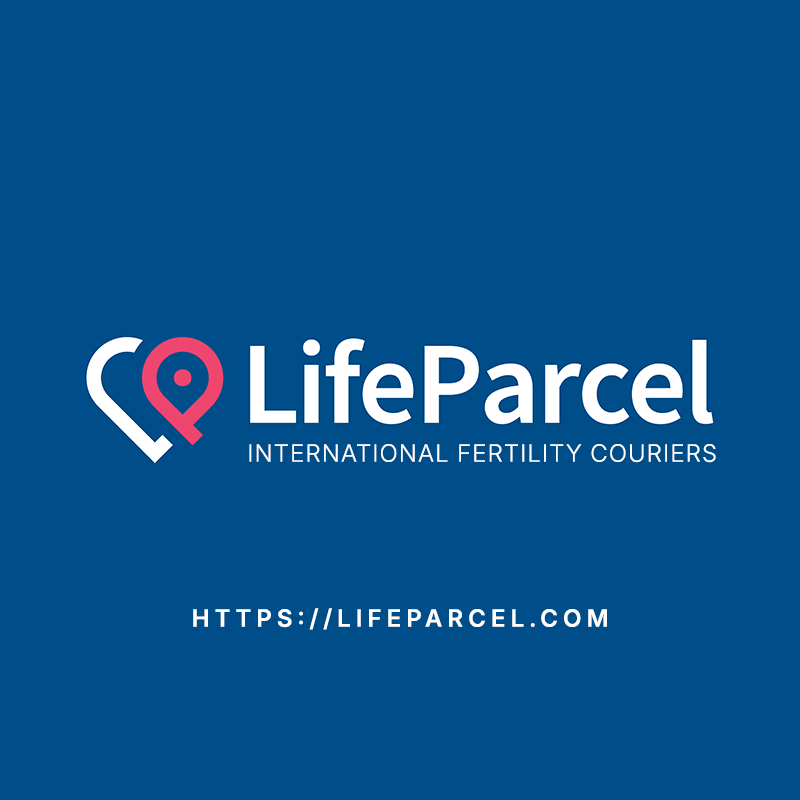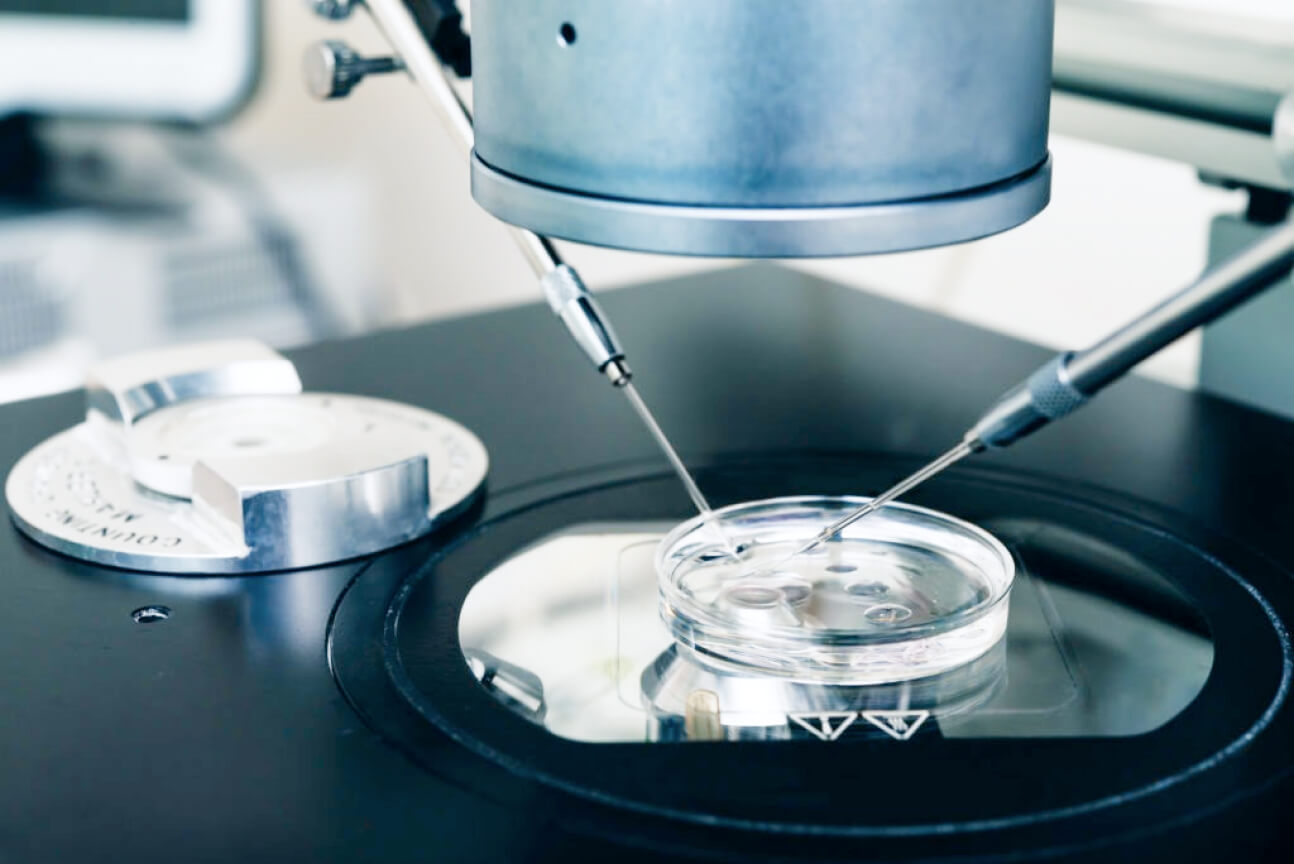Introduction
The ability to preserve reproductive materials through cryogenic transport has revolutionized fertility treatments. One of the earliest milestones in fertility preservation was the successful cryopreservation of sperm in the 1950s, marking the beginning of a new era in reproductive medicine. Over the decades, advancements in reproductive technology have transformed the way fertility materials are stored and transported, making treatments like in vitro fertilization (IVF) more accessible and effective worldwide.
This article explores the history of cryogenic transport and its impact on modern fertility treatments. From the early scientific breakthroughs in cryopreservation science to the cutting-edge cryogenic logistics used today, understanding this evolution helps illustrate how far fertility preservation has come. By tracing the development of secure fertility material transport, we can appreciate the role of innovation in enabling patients to preserve their reproductive options for the future.
Early Cryopreservation Methods
The science of cryopreservation dates back to the early 20th century, when researchers first experimented with freezing biological cells. In the 1940s, the use of glycerol as a cryoprotectant allowed sperm cells to survive ultra-low temperatures without ice crystal formation, paving the way for modern fertility preservation. This breakthrough demonstrated that reproductive materials could be stored long-term, laying the foundation for further advancements in cryogenic transport.
The first successful human sperm freezing was recorded in the 1950s, with egg and embryo cryopreservation following decades later. In 1984, the first live birth from a frozen embryo was achieved, proving that reproductive technology could preserve fertility for extended periods. These early cryogenic techniques paved the way for today’s sophisticated liquid nitrogen dry shippers, ensuring safe and reliable fertility material transport across the globe.
The Evolution of Cryogenic Technology in Fertility
One of the most significant advancements in cryogenic innovation has been the shift from slow freezing to vitrification. Early cryopreservation techniques relied on slow cooling methods, which posed risks of ice crystal formation, potentially damaging delicate reproductive cells. In the early 2000s, Vitrification offered a breakthrough by rapidly freezing eggs and embryos at ultra-low temperatures, eliminating the risk of ice damage. This shift dramatically improved fertility treatment success rates, making frozen embryos and eggs just as viable as fresh ones in many cases.
Alongside advancements in freezing techniques, cryogenic storage, and transport methods have evolved to ensure fertility material safety. Liquid nitrogen dry shippers replaced traditional storage solutions, allowing reproductive materials to be transported safely over long distances without temperature fluctuations. These innovations have made fertility preservation more reliable, ensuring that patients worldwide can securely store and transport their reproductive materials without compromising viability.
Milestones in Cryogenic Transport for Fertility Treatments
The introduction of cryogenic storage and transport was crucial in early IVF cryopreservation successes. The first baby born from a frozen embryo in 1984 was a milestone moment, proving that embryos could be preserved and thawed successfully for use in fertility treatments. Since then, countless births have resulted from cryopreserved embryos, sperm, and eggs, establishing cryogenic transport as a vital component of assisted reproductive technology.
As fertility preservation gained popularity, the global adoption of cryogenic logistics transformed international fertility transport. Fertility clinics worldwide began offering egg and embryo freezing services, allowing patients to access treatments across borders. The development of secure fertility material transport solutions made it possible for patients to preserve their reproductive options without geographical limitations, leading to an increasingly global approach to fertility care.
Modern Cryogenic Transport and IVF
Advancements in cryogenic logistics have revolutionized fertility transport, ensuring that delicate reproductive materials remain viable throughout transit. Strict chain-of-custody measures now track every step of the journey, from clinic pickup to final delivery. Real-time temperature monitoring guarantees that secure transport of embryos and gametes occurs without risk of temperature fluctuations. With the introduction of sophisticated liquid nitrogen dry shippers, materials can be transported for extended periods without compromising viability, making international fertility treatments more accessible than ever.
Specialized couriers have become indispensable in fertility material transport. Unlike general medical couriers, trusted IVF courier companies like LifeParcel use trained professionals who understand the sensitivity of cryopreserved samples. These couriers follow time-sensitive logistics protocols, ensuring that fertility materials are never exposed to X-rays, unnecessary handling, or improper storage. By offering 24/7 tracking, real-time updates, and dedicated courier services, LifeParcel provides peace of mind to both clinics and patients, ensuring successful deliveries every time.
Future Innovations in Cryogenic Transport
As technology advances, cryogenic innovation makes fertility transport more secure and efficient. Artificial intelligence (AI) streamlines logistics by predicting potential delays, optimizing shipping routes, and enhancing security. IoT (Internet of Things) tracking now enables real-time monitoring of liquid nitrogen levels, package location, and temperature stability. With AI-powered logistics and smart tracking, the risk of transport delays and material compromise is significantly reduced, ensuring even greater reliability in the future.
Beyond technological advancements, emerging fertility markets are benefiting from improved cryogenic transport solutions. Developing regions in Latin America, Africa, and Southeast Asia are seeing increased access to fertility preservation services as international shipping becomes more efficient. As global accessibility expands, fertility patients have more options to store and transport their genetic material across borders, allowing them to receive specialized care regardless of location. The continued evolution of secure fertility material transport is set to democratize access to reproductive healthcare further worldwide.
Conclusion
Cryogenic transport has revolutionized fertility treatments, making IVF and fertility preservation more effective and widely accessible. From early cryopreservation experiments to modern cryogenic logistics, advancements in the secure transport of embryos and gametes have significantly improved the success rates of fertility treatments. With innovations like liquid nitrogen dry shippers, real-time tracking, and AI-driven logistics, fertility patients and clinics can now safely transport reproductive materials across the globe with confidence.
Choosing a trusted IVF courier company is essential for ensuring the reliable fertility material transport needed for successful fertility preservation and IVF procedures. LifeParcel specializes in secure, compliant, and precision-driven transport, protecting delicate reproductive materials from pickup to delivery. If you need expert handling for your cryopreserved fertility materials, trust LifeParcel to provide safe, seamless, and professional transport solutions.




